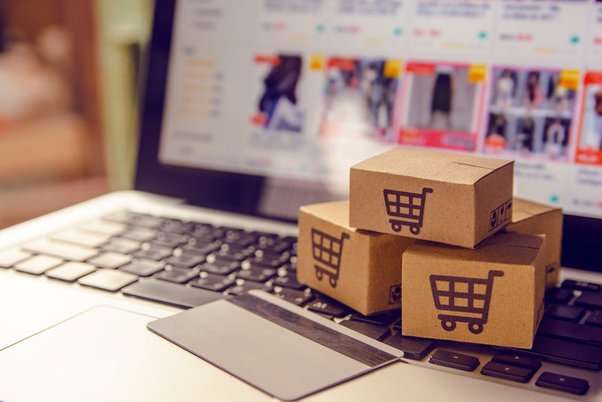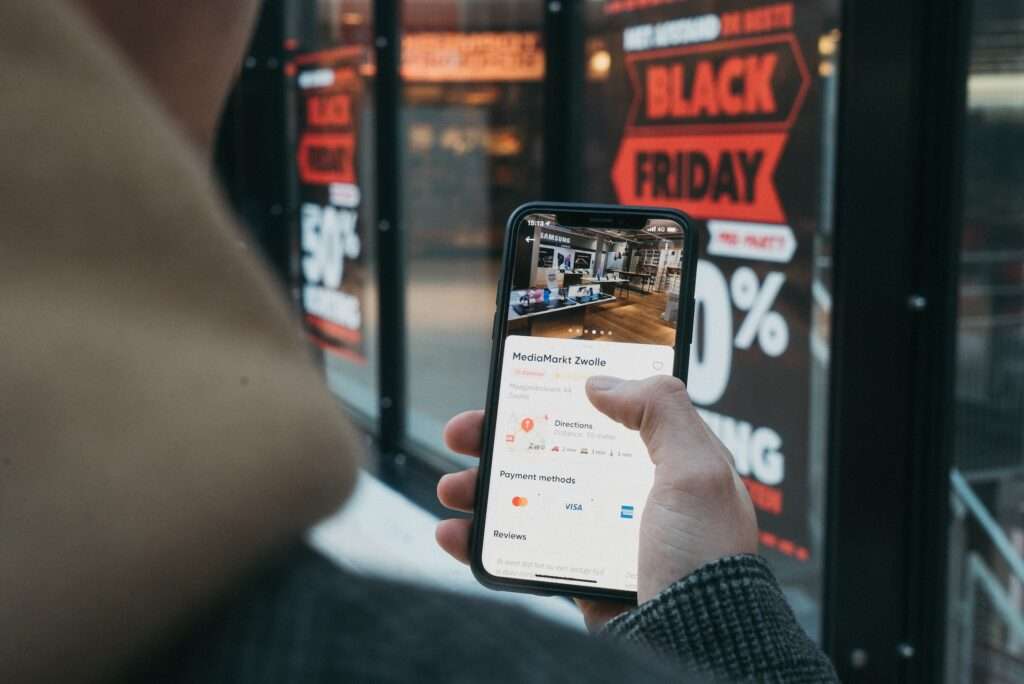Tips to Improve Customer Retention Through Post-purchase

Specifically, what are the most important objectives for your company? Gaining new customers is crucial for the success of any online business. A lot of front- and back-end adjustments to your online shop are typically necessary to increase customer acquisition. But once you’ve found dependable WooCommerce hosting and built a terrific WooCommerce store where customers […]
5 Tips for Building an International ecommerce store

People in this day and age have a short capacity for maintaining their focus. You could have an incredible store that showcases your products, but if you are unable to design your store in a way that attracts the attention of your potential consumers and encourages them to make a purchase, then having an online […]
How does wholesale ecommerce works?

The online wholesale business is doing very well, and there are more ways than ever to get involved. In fact, experts say that in 2022, online sales will reach $1 trillion for the first time. Whether you want to start your own wholesale ecommerce business or just want to learn more about it, this guide […]
How to Reduce RTO in Ecommerce

It’s like a game of chess to run an online store. But instead of moving pieces on a chessboard, you move them around the world to fill customer orders. If those orders start coming back, it could be the end of your business. If you know how to cut down on RTO in ecommerce, your […]
How to Find Reliable Supplier

When it comes time to choose reliable supplier, many business owners have trouble doing so. Good manufacturers aren’t always easy to find, whether you want to get products from overseas or work with a producer in your own country. In this post, we’ll tell you where to find reliable supplier and how to talk to […]
Top Trends in B2B Ecommerce for 2023

Given the dynamic nature of the business-to-business (B2B) market, e-commerce has become more than a convenience in recent years; it’s now a need. The recent rapid expansion of online shopping has only increased the importance of B2B companies moving their operations online. According to Digital Commerce 360, 42% of wholesalers see upgrading their website to […]
What does D2C mean and why does this new business model work so well?

New brands (or current manufacturers) use direct-to-consumer (D2C) to enter established markets without traditional distributors. Direct-to-consumer brands handle all aspects of production, promotion, and delivery in-house. They can get their goods to market faster and control the customer’s buying experience. Great news for the buying public? People can get the genuine brand experiences they want […]
How can brands use marketplaces?

Marketplaces are now where people go to learn about products and buy them if the price is right. Gross merchandise volume (GMV) from the world’s top 100 marketplaces is thought to have been $2.67 trillion in 2020. Two-thirds of this number came from just three marketplaces: Taobao, Tmall, and Amazon. This sector is still increasing […]
Top Challenges of cross-border ecommerce

The globalization of ecommerce has been a huge success. Increasing numbers of people from all over the world, in both major cities and outlying areas, are conducting product searches online. However, we do not limit ourselves to comparing the products and costs of international brands when we travel. We are one in our pursuit of […]
How does Amazon Advertising help Chinese brands connect to the rest of the world?

The fast growth of the global e-commerce market has given Chinese brands more chances to “go global.” In this situation, more and more Chinese brands are going global and doing great things outside of China. Anker Innovation started on Amazon and rose to the top with its expertise and play style. Ekepu Technology, which started […]
